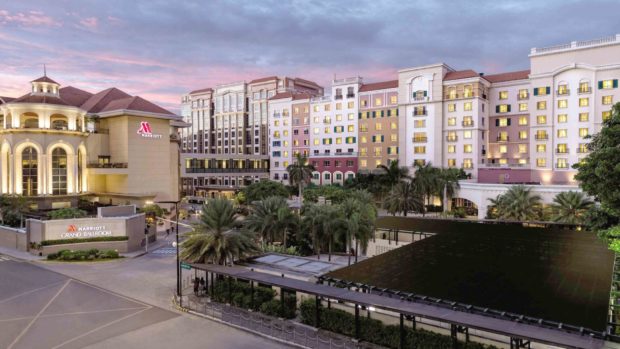Opportunities in tourism
One cannot undermine the significance of the travel and tourism sector to practically every economy across the globe.
Deemed as an important economic activity, the travel and tourism sector has generated millions of much needed jobs in many countries, drove exports, spurred livelihood and small businesses, and to some extent, even became a source of welfare. Easily, a number of industries benefit significantly from travel and tourism including real estate, construction, manufacturing, retail, food and beverage, as well as logistics and transportation.
The case is no different in the Philippines, where a thriving travel and tourism sector is one of the significant contributors to its economy.
Data released last week by the Philippine Statistics Authority (PSA) showed that tourism industries contributed 12.2 percent to the local economy last year, equivalent to P1.93 trillion at current prices. This was higher by 24.2 percent compared to the previous year’s record of P1.55 trillion.
Results of the Philippine Tourism Satellite Accounts (PTSA) showed that inbound tourism expenditure—which refers to the expenditure of non-resident visitors (foreign visitors and Filipinos permanently residing abroad) within the Philippines—grew by 43.9 percent in 2017 to P448.6 billion.
Compared to the country’s total exports, the share of inbound tourism expenditure was 9.2 percent.
PSA reported that inbound tourism ranked third among the biggest export items in 2017, after semiconductors at 21.9 percent and miscellaneous services at 15.7 percent.
Government data further showed that domestic tourism expenditure—which includes spending of resident visitors within the country either as domestic trip or part of an international trip—grew by 25.5 percent to P2.7 trillion in 2017. Domestic tourism expenditure represented 22.8 percent of the household final consumption expenditure (HFCE) in 2017.
Meanwhile, employment in tourism characteristic industries was estimated at 5.3 million in 2017, higher by 0.9 percent compared to the 5.2 million recorded in the previous year. Share of employment in tourism industries to total employment in the country hit 13.1 percent in 2017, PSA data showed.
The country’s booming travel and tourism sector thus offers scores of opportunities that can be tapped particularly by property developers as the influx of tourists has pushed the demand for more accommodation facilities.
Last month, the Courtyard by Marriott Iloilo started operations, catering to both business and leisure travelers. This 15-storey hotel is also being positioned to cater to the growing meetings, incentives, conventions and exhibitions (MICE) sector in the province.
JLL’s Philippine Property Market Monitor in May further reported that the Radisson Hotel Group, together with Cebu Landmasters Inc., is set to bring the Radisson Red brand in Cebu.
According to JLL, this is reportedly the first project of the hotel group in the Philippines. It is slated to open in 2021 with 146 rooms, with the hotel being part of the mixed use development in the area called Astra Centre.

